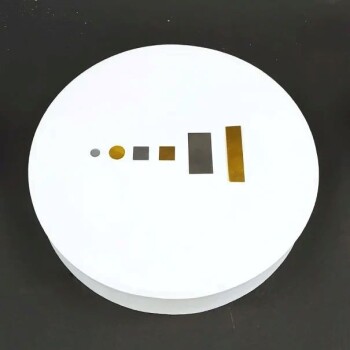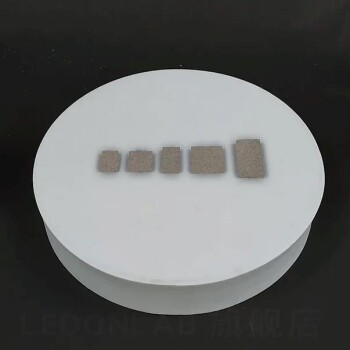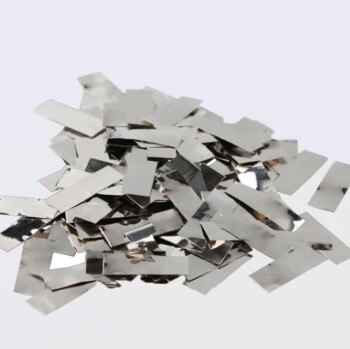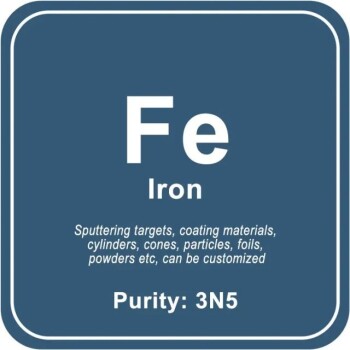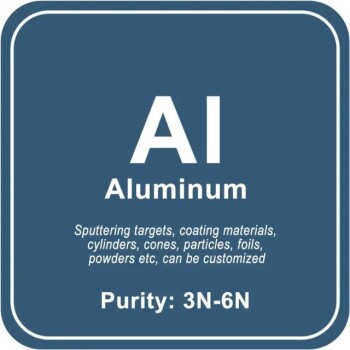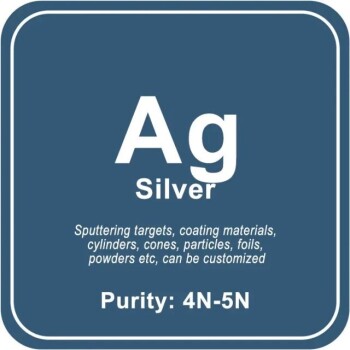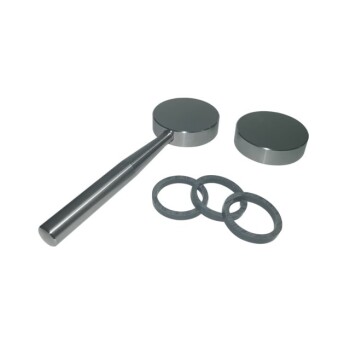Identifying the metal you have can be done using various methods.
One of the most effective and non-destructive methods is X-ray fluorescence (XRF) analysis.
XRF analyzers can identify the elemental composition of metals and alloys, including precious metals, without damaging the sample.
This method is particularly useful for determining the purity and grade of metals, which is crucial for various applications such as jewelry making, recycling, and industrial use.
5 Key Methods Explained: How to Identify Your Metal

1. X-ray Fluorescence (XRF) Analysis
Principle: XRF analyzers use X-rays to excite the atoms in the metal, causing them to emit fluorescent energy. This energy is then detected and analyzed to determine the elemental composition of the metal.
Applications: XRF is used for identifying the purity of precious metals in jewelry, analyzing scrap metals for recycling, and verifying the authenticity of jewelry materials.
Advantages: XRF is non-destructive, fast, and accurate, making it a preferred method for metal identification.
2. Identifying Metal Alloys
Alloy Grade ID: XRF analyzers can identify over 1,000 common alloys and provide grade IDs in 2-3 seconds. For elemental chemical analysis, it takes about 5 seconds.
Versatility: These analyzers are capable of analyzing both standard industrial alloys and precious metals, making them versatile tools for various industries.
3. Precious Metals Analysis
Purity Testing: Handheld XRF analyzers can quickly and accurately test the concentration of precious metals like gold, silver, and platinum in jewelry.
Applications: They are used in jewelry making, recycling of precious metals, and quality inspection agencies for purity identification.
4. Scrap Metal Sorting
Alloy Identification: Portable XRF spectrometers can analyze a wide range of metal alloys, including ferrous and non-ferrous metals, and determine their elemental composition.
Recycling: XRF analyzers help in sorting scrap metals for sale or further recycling, ensuring the correct classification and value of the metals.
5. Non-Destructive Testing
Preservation of Samples: Unlike other methods like nitric acid testing, XRF analysis does not damage the sample, allowing for repeated testing and preservation of the original item.
Versatility: Samples of any shape and size can be analyzed, making XRF a convenient and versatile method for metal identification.
Other Methods for Metal Identification
Magnet Test: A quick and reliable method to detect ferrous metals containing naturally magnetic iron. If the metal sticks to the magnet, it is likely ferrous.
Hallmarks and Density Measurement: These methods can provide some indication of the metal's purity but are less reliable and more prone to errors compared to XRF analysis.
By using XRF analysis, you can accurately identify the metal you have, whether it is a common alloy, a precious metal, or a scrap metal.
This method ensures precision, speed, and non-destructive testing, making it ideal for various applications in the lab and industry.
Continue Exploring, Consult Our Experts
Unlock the secrets within your metals with KINTEK SOLUTION's cutting-edge XRF analyzers.
Experience precision, speed, and non-destructive testing that revolutionizes metal identification.
Don't settle for less—reach out to our experts today and elevate your laboratory's capabilities with our versatile and reliable equipment.
Take the first step towards perfect purity and efficiency—contact KINTEK SOLUTION now.
